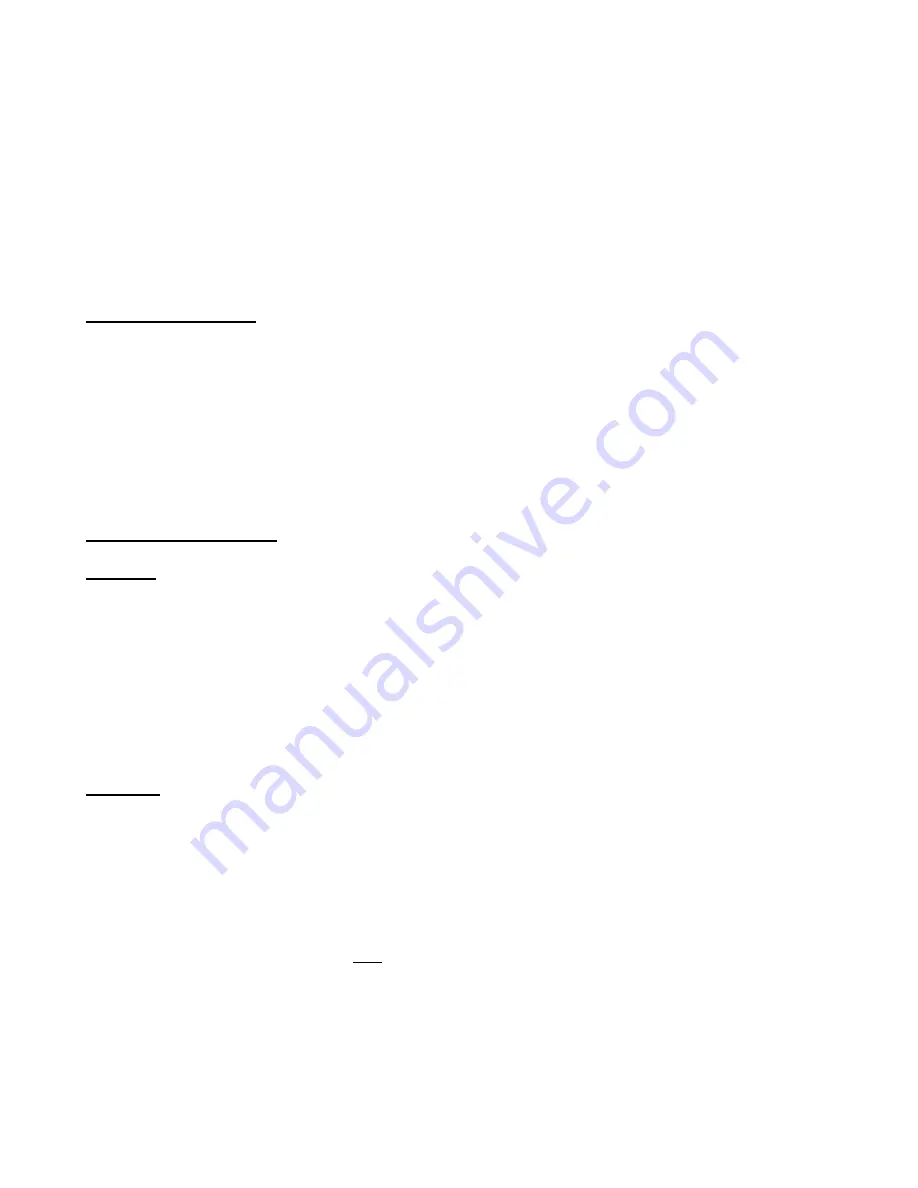
22
(2)
Upon locating the file, select the file name and click on
Open
.
(3)
Note that
Alt-S
will turn on and off the fill for vector objects on the screen. This can also be accessed by
clicking on the
Show Fill
icon on the
Workspace
toolbar or go to
View>Show Fill.
Outline mode will show
all the lines that will be cut. In fill mode, the image more accurately depicts your final product.
(4)
To view thumbnail images of your .knk files (and other common graphical formats), go to
Layout>Clip Art
Viewer
and browse to find the subfolder of your choosing. You can add specific subfolders under
Layout>Clip Art Categories Setup
and then directly open those subfolders under
Layout>Clip Art Go
To.
(5)
Note that other vector formats, such as .ai, .wmf, .eps, dxf, can be opened using
File>Open
. Change the
Files of Type
to “All Files” and browse to the location of the vector file.
Saving and Exporting
(1)
To save a file, click on the third icon from the left on the
System
toolbar or go to
File>Save
.
(2)
If you’ve made changes and wish to save under a different file name, choose
File>Save As
. Name the
file, choose a location and click on
Save
.
(3)
If you wish to export the file in a different graphical format, choose
Export
and then select from the many
export formats available. Name the file, choose a location, and click on
Export
.
File>Export Image
can
be used to convert and export an image in a number of different raster formats (such as .jpg, .bmp).
(4)
KNK Studio can also create backup files (.bak). Go to
Options>Automatic Save.
3.4 Manipulating Images
Zooming
The quickest way to zoom in and out on an image is to move the scroll wheel on your mouse.
If you click on your middle mouse button it will toggle on the Hand cursor which then allows you to move
your image around on the screen (also referred to as panning)
There is also a
Zoom Tools
icon on the
Tools
toolbar. The options under this toolbar will allow you to
perform various zoom functions, such as marquis-zoom, zoom to Sign Blank, zoom on selected object,
etc. Experiment with each, as these tools will greatly enhance your ability to work with images.
You can use the function keys
F5
–
F8
to perform these same functions. (Refer to
Zoom Shortcuts
in
Appendix A
)
Selecting
The top icon on the
Tools
toolbar is the
Select Tool
. Clicking this icon will always close other tool
windows and place the 9 small bounding boxes on the current object. In all modes but text, pressing the
spacebar
will also invoke the select mode.
To select an object, click on any of the trace lines. Hold down the
Shift
key to select additional objects.
Alternatively, drag the left mouse button to marquis-select one or more objects. If you wish to select all the
objects on the screen, use
Ctrl-A
.
When an object is selected, each press of the
Tab
key will move to another object, cycling through all
objects on the screen. Also, if you right click on any of the 9 bounding boxes, a pop-up menu appears for
easy access to frequently-used functions.
When selecting objects, the top left corner of the Smart Bar will provide information on the type and
number of objects selected. Several examples would be:
o
Star #1 (a star is selected and it is the first object that was placed into this file)
o
Paragraph #4 (a text object is selected and it is the fourth object that was placed into this file)
o
Bitmap #7 (a raster image is selected and it is the seventh object that was placed into this file)
o
Circle: 2 (a total of two circles are selected)






























